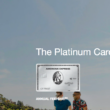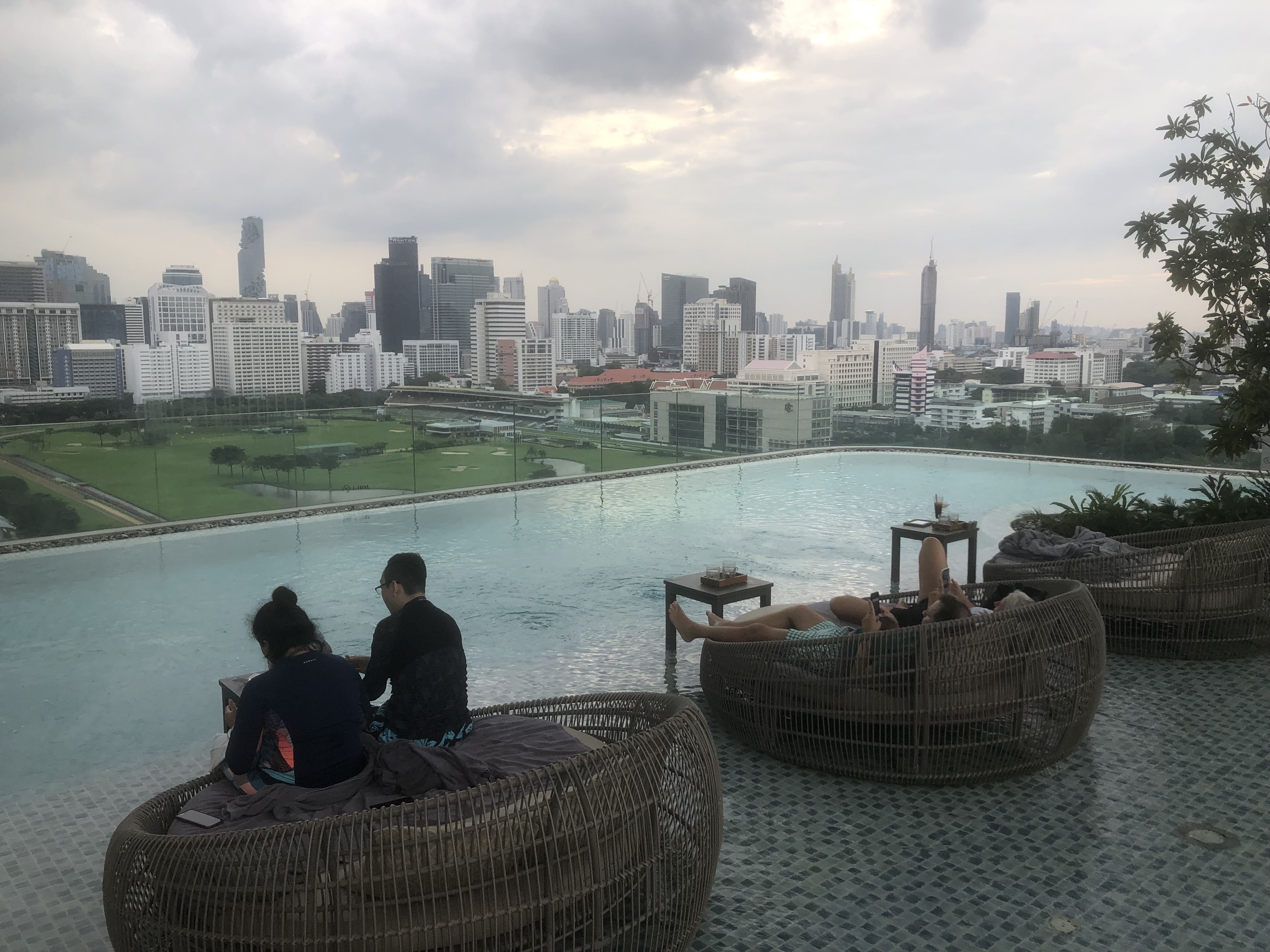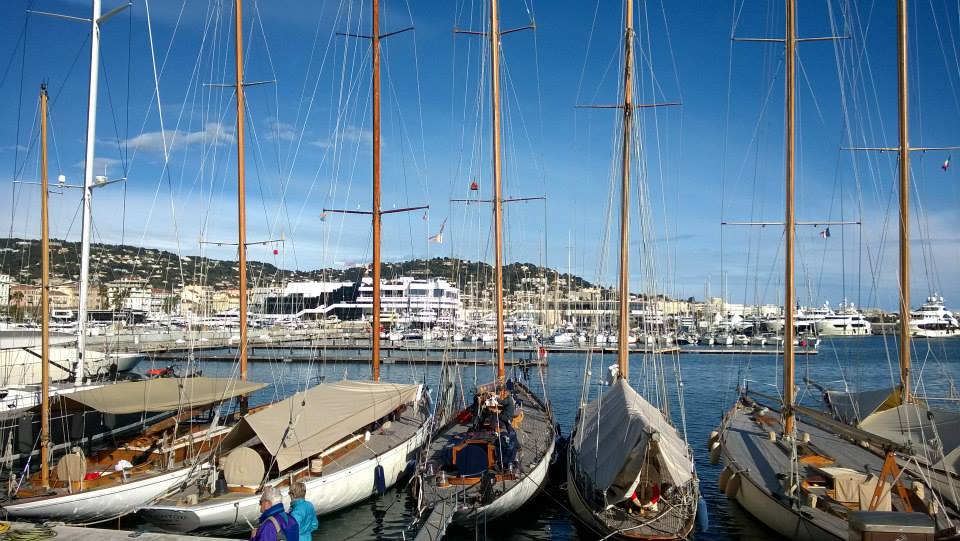Index:
- Introduction
- Elite status (Tiers, ease of earning, lifetime)
- Room upgrades (suites!)
- Breakfast and lounge access
- Late checkout
- Miscellaneous (Customer service, Tech/IT, BRG, promos, airline, dining, partnerships)
- Points earning rates and redemption values
- Global footprint analysis
- Conclusions
All figures in this analysis may be off by as much a 10% since the data is compiled from numerous disparate sources and it is not uncommon for chains to open 1 new property every other day globally. You may see rough approximations in some cases and other scenarios where the numbers don’t add up to the exact same totals.
Starwood
Properties: ~1300
Geographic Spread: Evenly distributed across the world, highly urban and metro footprint.
Segment/Price Spread: Strong in luxury, independent, boutique, millennial/lifestyle and upscale segments. Very limited low end
Total in Luxury: (St Regis + Luxury Collection + W) = 200
Total Upper Upscale: Luxury + Le Meridien + Grand Sheraton + Westin = 200 + 350 = 550
Total in Lifestyle/Boutique: W + Aloft + Luxury Collection + Tribute Collection + Element + Le Meridien = ~400
Looking at SPG’s global footprint, they have immense strength in their luxury/boutique and independent portfolios (St Regis + W + Luxury Collection + Tribute Collection) with nearly 200 hotels in that segment with a pipeline of nearly 100 more. This is followed by 350 more upper upscale properties (Westin+ Grand Sheraton+ Le Meridien) with a pipeline of 100.
Aloft is by far the most dominant lifestyle select service midscale/upscale brand (compared to similar brands of other chains) with 100 operational and 100 in pipeline. Overall, we see a very urban/metro distribution of properties across the world with particular strengths in emerging markets (Middle East, India and China).
Marriott
Properties: ~4500
Geographical Spread: Evenly distributed around the world. Stronger than others in Africa
Segment/Price Spread: Evenly distributed with strong high, mid and low end. Good representation in independent category.
Total in Luxury: Ritz Carlton + Edition = 100
Total Upper Upscale: Luxury + JW Marriott + Renaissance + Autograph Collection = 100 + 340 = 440
Total in Lifestyle/Boutique: Edition + Renaissance + AC Hotels + Moxy + Autograph Collection = ~360
Marriott has impressive distribution of properties in its high end portfolio. This will soon merge with the stronger SPG portfolio to make an unbeatable combination at the top end. Marriott also has an exciting upper upscale brand in Renaissance (similar to Le Meridien at Starwood) which Hilton has no real answer for (yet).
Its lifestyle/boutique/independent brands are also doing really well, just like SPG.
Marriott has great strength in emerging markets (Middle East, India and China) and a fantastic pipeline in these places. It is also uniquely strong in Africa. Overall, its mix of properties has a higher end skew than Hilton all across the portfolio.
Hyatt
Properties: ~600
Geographical Spread: Big gaps, difficult to find properties, especially difficult to find reasonably priced properties
Price/Segment Spread: Primarily high-end and upscale, very limited boutique/independent and low-end representation
Total in Luxury: Park Hyatt + Andaz = 62
Total in Upper Upscale: Luxury + Grand Hyatt = ~110
Total in Lifestyle/Boutique: Andaz+Unbound+Hyatt Centric = 16 or 236 (if you consider Hyatt Place)
Hyatt is tiny in comparison to the others in this comparison and with a tiny pipeline as well (so it’s not going to improve anytime soon). Its emerging market strength is very weak since its pipeline in India has all but collapsed and its pipeline in China is really not taking off at the same pace as the competition. Europe too (apart from France) is a virtual black hole for Hyatt with a few extremely expensive Park Hyatts sprinkled around. Hyatt has glaring weaknesses in apex cities of the world (London, Dubai, Bangkok) where its portfolio is less than a fraction of its competitors.
While SPG has a small midscale portfolio (4 star), Hyatt virtually has none outside of USA, all of its midscale Hyatt Place properties being largely located within USA. Similarly it has no long-stay portfolio outside USA at all.
Hyatt’s independent/boutique/lifestyle concepts have yet to gather steam in any meaningful way with less than half a dozen Unbound Collection properties, no Hyatt Centric properties yet and about a dozen Andaz properties. It’s total high end portfolio is 100 (Park +Grand +Andaz +Unbound) spread evenly across the world. The comparable number for Starwood is 550 which is almost equal to the whole of Hyatt!
Hilton
Properties: ~4700
Geographic Spread: Very dense in some regions (US/UK), big gaps in other major regions.
Segment/Price Spread: Primarily midscale and lower end. High end/boutique/lifestyle/millennial and independent portfolio is very weak relative to competitors.
Total in Luxury: Waldorf Astoria = 26
Total in Upper Upscale: Luxury + Conrad + Curio = 26 + 45 = 71
Total in Lifestyle/Boutique: Curio + Canopy + Tru = 22
Hilton’s portfolio here is currently the largest at around 4600 and that’s nearly 8 times Hyatt’s!
One would think that there would be a Hilton in every segment in every geographic location. However, that is unfortunately not the case. Hilton’s total luxury portfolio is the smallest of all chains here (smaller than Hyatt and Accor!). Its Waldorf + Conrad + Curio portfolio is less than 75 strong, so Hilton is actually very weak in the higher segments and finding aspirational properties to stay at can be a real challenge. Its true Luxury portfolio of Waldrof Astoria is only 25 strong. In comparison, the combined total of SPG and Marriott’s true luxury portfolio goes past 300 (compared to Hilton’s 25) and 1000 for upper upscale (compared to Hilton’s 70). That is a massive difference in excess of 10x!
If you thought that’s bad, SPG and Marriott’s combined Lifestyle/Boutique presence is around 760 and Hilton is around 22….that is in excess of a 30x difference!
Hilton’s lifestyle/boutique/independent business is yet to get off the ground and has no scale as of now which is very surprising since Marriott is doing quite well in this segment and Hilton generally is more ‘on the ball’ than Marriott is.
Hilton has a very strong presence in USA, UK and in the future, in China (where their pipeline is currently the strongest). However, in other parts of the world, it can often be beaten by its competitors for quantity and quality of properties in major cities.
Hilton and Starwood have been expanding with an international focus for a lot longer than Marriott and Hyatt (several decades vs a decade) and while Starwood followed a urban/metro expansions plan focused on upscale and upper upscale properties, Hilton penetrated deeper into secondary cities. As such a lot of the portfolio strength comes from mid-market properties in locations without competition but in major apex cities, Hilton can often be found wanting against much smaller competitors (SPG). Even when you do find a uniquely positioned Hilton property, it is often much older and not as nice as what one would expect from a new built Hilton.
A fundamental business model difference between Hilton and the other US chains is the % of franchised properties (properties with just Hilton’s branding but independently managed and run) in its portfolio is very high relative to the others (who directly manage a lot more properties). The entire 2000+ strong Hampton portfolio is almost entirely franchised and its 500+ Hampton portfolio in China will effectively be outsourced to a local hotel company. In effect it will be a marketing, distribution and loyalty agreement with a pre-existing Chinese hotel network.
Accor
Properties: ~3700 but only 2700 participating
Geographical Spread: Exceptionally strong in Australia. Strong in Middle East, South East Asia, South America and North Africa. Virtually non-existent in North America
Price/Segment spread: Evenly distributed
Total in Luxury (loosely defined): Sofitel = ~120
Total in Upper Upscale: Luxury + Pullman + MGallery = ~200
Total in Lifestyle/Boutique: Sofitel So + Sofitel Legend + Thalassea + Mgallery + ibis styles = several 100s
First a disclaimer, some of Accor’s brands (Mama’s Shelter, Ibis budget, all Ibis in China) do not participate in the loyalty program at all. Next year, Fairmont, Raffles and Swissotel (FHRI) will be integrated into Accor but are currently not part of Le Club. It will really bolster Accor at the high end (especially in North America).
As can be seen above, Accor classifies its American portfolio in a consolidated way. They do this because they are exceptionally weak in North America with less than a dozen Sofitels being nearly the entirety of their paper thin portfolio there. This should be remedied (at least at the high end) after the Fairmont acquisition. You can just safely ignore Accor’s existence in North America till then and forget about it.
Globally, Accor is actually quite well spread out in terms of geography and price segment distribution. Its high end/boutique portfolio of Sofitel + MGallery is around 200 (equally split between them) and a lot of its properties can be described as lifestyle/millennial-ish.
It is very very strong in France, rest of Europe, North Africa, Middle East, SE Asia and Australia, frequently beating the combined competition with a good mix of properties, locations and price points. Accor properties are often the lowest priced (in all segments) relative to competitors and often offer the best value to an occasional guest.
Accor differs fundamentally from the US chains in its business model. While the US companies are all asset light (preferring to manage or franchise properties but not own them), Accor will frequently take partial equity stakes in its properties to secure contracts and help mitigate developer risk. This incentive to developers works very strongly in underserved markets. However, it also means Accor has far greater exposure to downturn risk than the US chains do. I suspect it will continue to embark on this strategy regardless, because without it, it may not be able to go on par with US chains for developer contracts due to not having the same kind of brand cachet or revenue/profitability metrics.
GHA Discovery
Properties: ~600
Geographical spread: All over the world but lots of gaps due to low total number of properties. Very very strong in Scandinavian/Nordic countries (stronger than everyone else combined). Very strong in Middle East. Also strong in Europe, Australia and SE Asia.
Price/Segment spread: Largely luxury, upscale, boutique and independent
(Some) Brands: Kempinski, Anantara, Viceroy, Scandinavian First group and Thon Group (!), Leela, Alila, Corinthia, Doyle Collection, Marco Polo, Omni, Pan Pacific, QT, Rixos, ART hotels and many more
Full list available at https://www.gha.com/Hotel-Brands
The entire portfolio is either luxury, boutique or lifestyle oriented.
Conclusion
If you like fancy, interesting and unique hotels, GHA Discovery and SPG are the way to go. SPG can even cover your business needs if your travel patterns are to major, important cities.
Hyatt’s footprint faces severe challenges.
Marriott is well rounded and spread out. It currently has the best footprint that is about to become unbeatable once SPG merger is completed.
Hilton faces severe challenges with its “cool” brands and has lacklustre footprint relative to competition in many key cities. It is dominant in most of US/UK.
Accor has absolute dominance in Australia but a gaping hole in North America.










